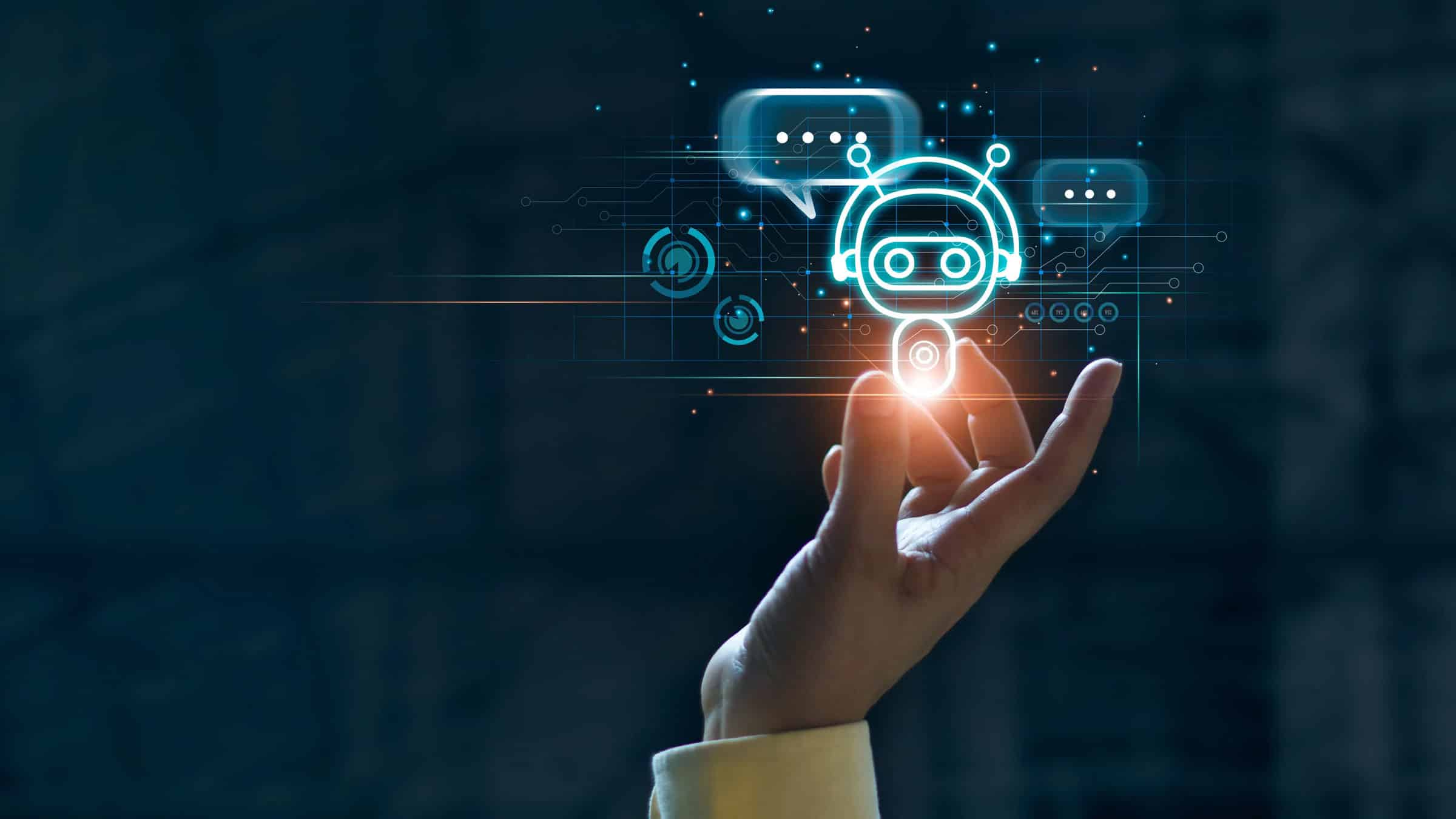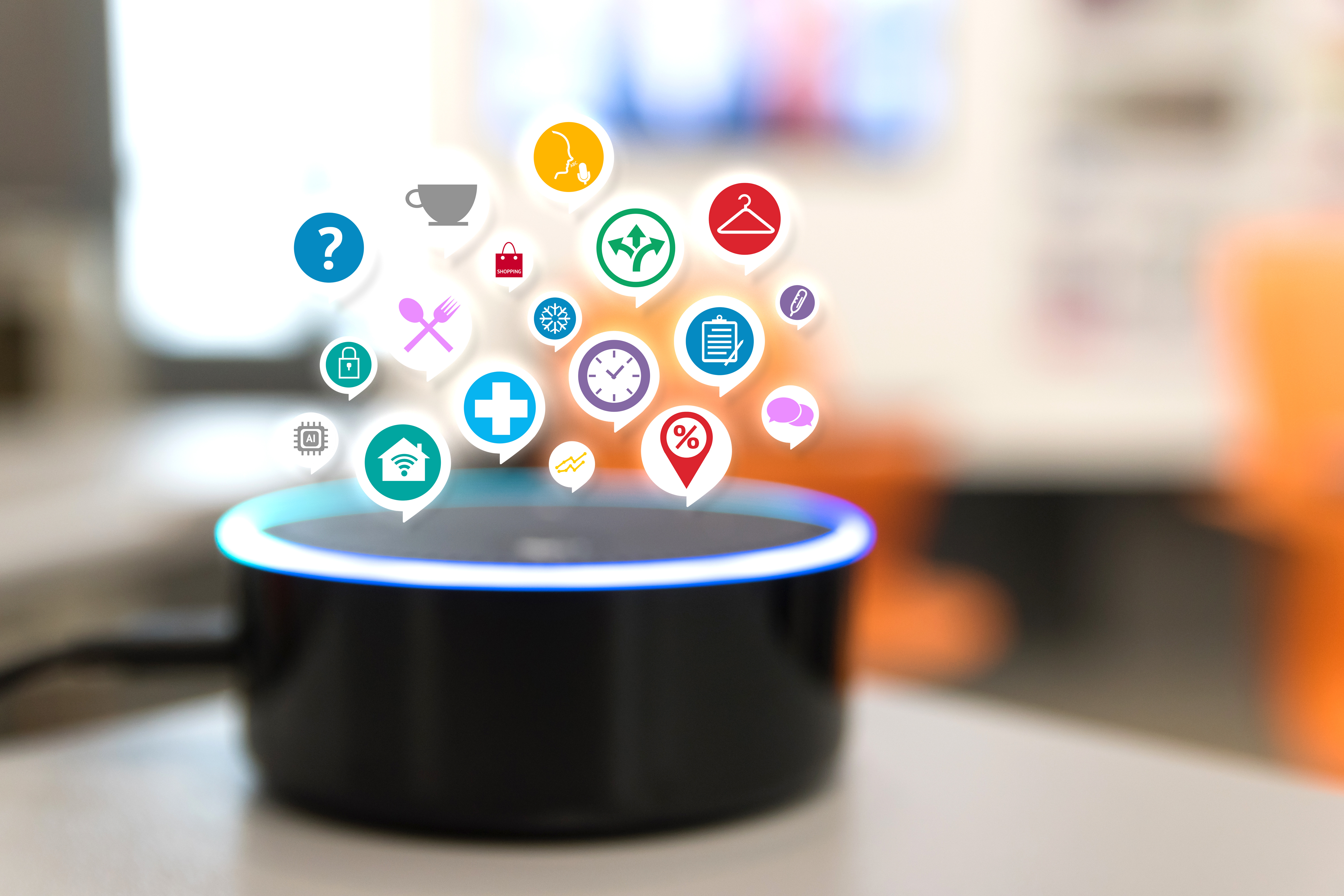Nearly half of all Americans interact with and utilize digital assistants and all the perks they have to offer. But, as our society continues to become more technically proficient, we humans require a more consistent and all-encompassing experience with technology. This progress has made way for the rise of digital companions, the natural evolution of the digital assistant.
What are digital assistants?
Digital assistants help us simplify and organize our lives every day. Whether it be Alexa, Siri, or Google Assistant, they all perform the same essential functions. These digital assistants carry out our commands using a single modality (for example voice or text) and only interact with us reactively. Typically, there is no distinct personality to these assistants, and the experience is identical for all users. All actions are executed based on the user’s commands, which leads to very short, one-sided conversations that rarely incorporate information about the user.
What are digital companions and how are they different from digital assistants?
Digital companions are the result of the digital assistant’s rapid progression and development. They are similar to digital assistants in their baseline function—helping to simplify and streamline users’ everyday tasks and lives—but they perform these functions in a more personalized way. Digital companions interact with users both reactively and proactively, which creates longer, bidirectional exchanges that often use multiple modalities (for example voice, movement, and lights). Every interaction allows a digital companion to learn more about the user and begin to anticipate their preferences and needs. Digital companions also have a distinct character and personality, unlike their digital assistant counterparts, which allows for easier communication and amplified feelings of comfort when users interact with their digital companions.
How are digital companions changing the medical field and patient care?
Due to all the extra benefits of digital companions, the healthcare field has begun incorporating them into patient care. With the constant evolution of the digital companion, the ways to utilize them are countless. We’ve listed some of the most common practices below:
Prescriptions and everyday care

Medical procedures
For important medical procedures, a digital companion can be of help in pre-op and post-op care. For example, for patients getting knee replacement surgery, a digital companion might help recommend preoperative exercises, remind the patient not to eat or drink prior to surgery, and help with postoperative rehabilitation.
Chronic conditions
Patients with chronic conditions can also utilize digital companions. For example, a patient with diabetes can connect their blood glucose meter and continuous glucose monitor (CGM) sensor with their digital companion to ensure constant monitoring and data collection of blood glucose levels. This also ensures that if any complications arise, a doctor can see a full history and use that to help with future health approaches.
Learn More
If your company could benefit from adding or optimizing a digital companion, contact us. We will set up a free one-hour consultation to review your software and suggest possible uses for a digital companion.




